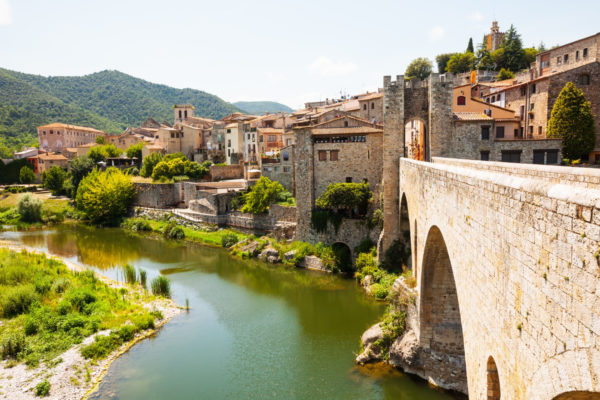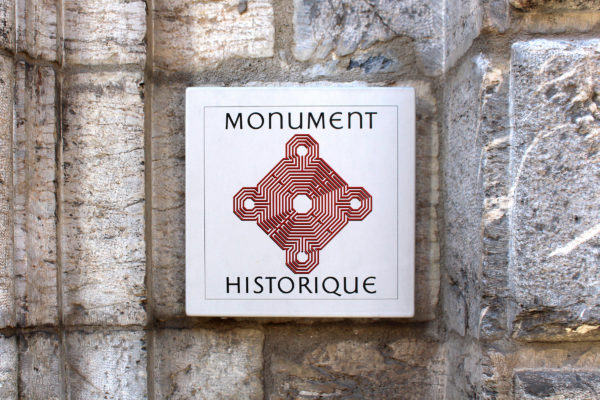There are more than 43,000 protected buildings in France, of which 33% concern domestic architecture (castles, manors, historic monuments, most notably) and 7% are parks and gardens. Half of protected building in France belong to private owners. Discover the differences between a listed and a classified historic monument.
The different types of protection afforded to Historic Monuments
Under the Heritage Code, protected buildings are divided into two categories: “classés” or “inscrits” au titre des monuments historiques.
Classification of historic monuments
1. Buildings, gardens or parts of buildings may be “inscrits”, if they “present sufficient artistic or historical interest such as to make their preservation desirable.” Inscription as a Monument Historique is granted by decree from the prefect of the region, following the advice of the Regional Commission for Heritage and Sites, CRPS (Commission Régionale du Patrimoine et des Sites) whether or not the owner gives his consent. Buildings inscrits represent about two third of the protected heritage.
Registering historic monuments
2. Buildings, gardens or parts of buildings “whose conservation is, from the point of view of history or art, of public interest” will be listed (“classés”). The classification as a listed building is granted by a decree from the Minister of Culture and Communication, after consultation with the CRPS and the National Commission of Historic Monuments (CNMH) subject to the consent of the owner. Failing such agreement, the classement can be delivered automatically by decree of the government adopted after advice of the Conseil d’Etat (the Council of State) and after consulting the CNMH. While rare, this measure may entail the granting of compensation to the private owners.
Buildings transferred (by purchase, gift or bequest) retain their protective status.
How to check the status of a building?
By accessing the Mérimée database, on the website of the Ministry of Culture and Communication (www.culture.gouv.fr/culture/inventaire/patrimoine, architecture section).
By contacting the Regional Directorate of Cultural Affairs, DRAC (Direction régionale des affaires culturelles), in particular the Regional Conservator for Historic Monuments, CRMH (Conservateur regional des monuments historiques), or the architect specialised in Heritage preservation (Architecte des Bâtiments de France), key interlocutors.
Remarks:
– The concept of inscription and classement also applies to “natural monuments and sites” governed by other legislation (Environmental Code) with distinct consequences.
– There are buildings that can be temporarily included in the national heritage if they have been granted a label (label of the Heritage Foundation, label “remarkable gardens”, etc…) or if they benefit from a tax agreement but without being subject to the regulation of historic monuments.
Restoration of a listed historic monument or classified
The owner of a listed historic monument or classified is in charge of overseeing the restoration work. He may, however, under certain conditions be assisted (for free or at a cost) by State services.
Before undertaking any work, it is important to distinguish if the work is for maintenance, repairs, alterations or restoration.
Restoration work for a listed building requires the elaboration of a “Project Program”, submitted to the DRAC (Direction Régionale des Affaires Culturelles). It includes a diagnosis, which may, depending on the nature, size and complexity of the work, be accompanied by technical studies.

